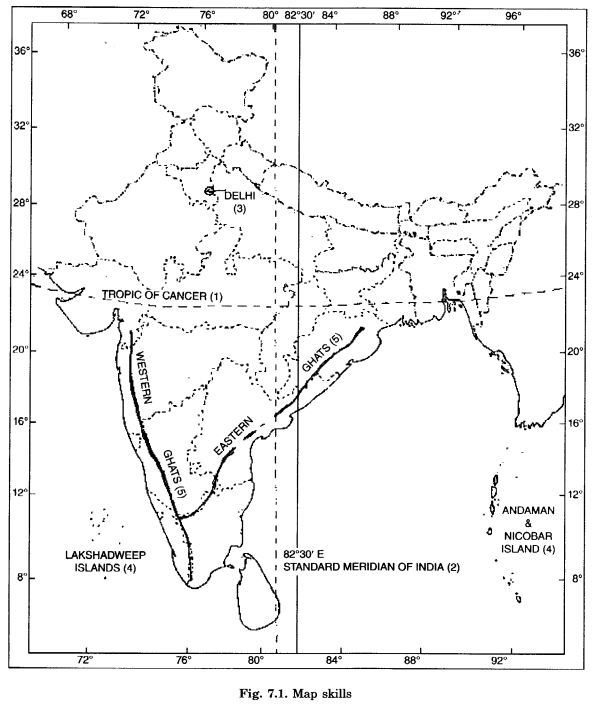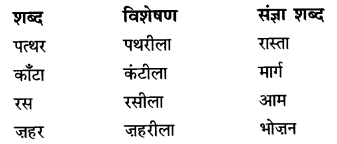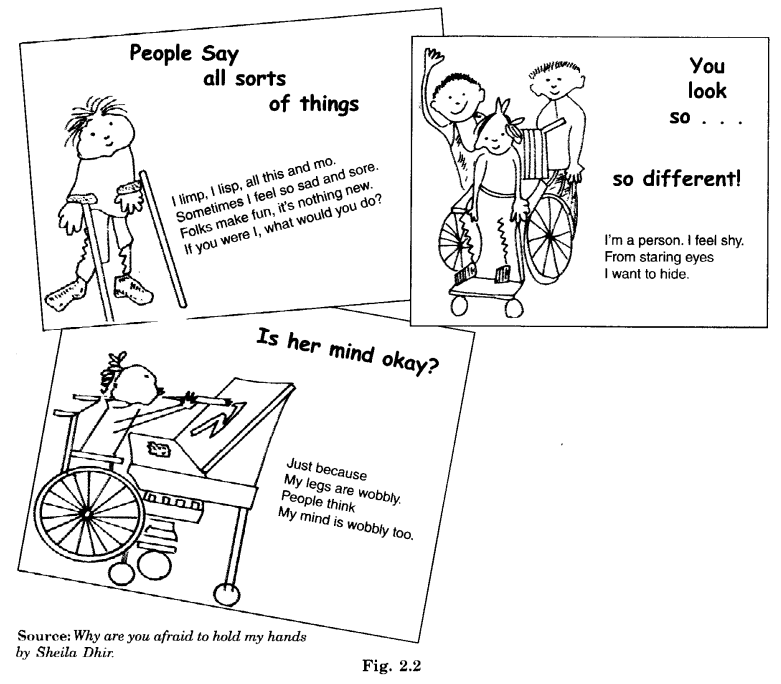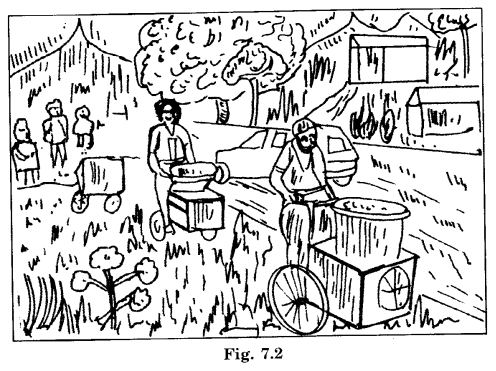NCERT Solutions for Class 6 Social Science History Chapter 11 New Empires and Kingdoms are part of NCERT Solutions for Class 6 Social Science. Here we have given NCERT Solutions for Class 6 Social Science History Chapter 11 New Empires and Kingdoms.
| Board | CBSE |
| Textbook | NCERT |
| Class | Class 6 |
| Subject | Social Science History |
| Chapter | Chapter 11 |
| Chapter Name | New Empires and Kingdoms |
| Number of Questions Solved | 8 |
| Category | NCERT Solutions |
NCERT Solutions for Class 6 Social Science History Chapter 11 New Empires and Kingdoms
NCERT TEXTBOOK EXERCISES (Pages 120-121)
LET’S RECALL
Question 1.
State whether true or false:
- Harishena composed a prashasti, in praise of Gautamiputra Shri Satakarni.
- The rulers of Aryavarta brought tribute to Samudragupta.
- There were twelve rulers in Dakshinapatha.
- Taxila and Madurai were important centres under the control of the Gupta rulers.
- Aihole was the capital of the Pallavas.
- Local assemblies functioned for several centuries in south India.
Answer:
- False
- True
- True
- False
- False
- True.
Question 2.
Mention three authors who wrote about Harshavardhana.
Answer:
The three authors who wrote about Harshvardhana are:
- Banabhatta, who wrote Harshacharita.
- Xuan Zang, the Chinese traveler who left a detailed account of what he saw in the court.
Question 3.
What changes do you find in the army at this time?
Answer:
We find the following changes in the army at this time:
- A permanent army was kept by the king or the ruler. This was well organized.
- Soldiers used different kinds of weapons such as battle-axes, arrows, spikes, spears, barbed dats, swords, iron clubs, javelins, barbed arrows, long arrows, etc.
- Elephants, Chariots, Cavalry were used along with foot soldiers in the royal ground.
- Besides, there were military leaders who provided the king with troops whenever he (the king) needed them. They were not paid regular salaries. Instead, some of them received grants of land. They collected revenue from the land and used this to maintain soldiers and horses, and provide equipment for warfare. These men were known as Samanthas. Whenever the ruler was weak Samantas tried to become independent.
Question 4.
What were the new administrative arrangements during this period?
Answer:
The new administrative arrangements during this period were:
- Some important administrative posts were made hereditary, e.g., the poet Harishena was a maha-danda-Nayaka or the chief judicial officer, like his father.
- One person held many offices, e.g., besides being a maha-danda- Nayaka, Harishena was a Kumar-Amaya which means an important minister, and-a sandhi-Vigrahika meaning minister of war and peace.
- Important men probably had a say in local administration. These included Nagar-Shrishti or chief banker or merchant of the city, the Sarthavaha or leader of the merchant caravans, the Prathama-Kalika or the chief craftsman, and the head of the Kayasthas or scribes.
LET’S DISCUSS
Question 5.
What do you think Arvind would have to do if he was (were) acting as Samudragupta?
Answer:
Arvind would have to do the following things if he was (were) acting as Samudragupta:
- He had to march solemnly in splendid robes, to twirl his moustaches and wield the silver-paper wrapped sword with gusto.
- He had to sit on the throne and play the veena and recite poetry.
- He had to fight several battles.
- He had to keep and help Harishena, a poet of Sanskrit in his court.
Question 6.
Do you think ordinary people would have read and understood the prashastis? Give reasons for your answer.
Answer:
- The Prashasti in praise of Sarnadurgupta was written in the Sanskrit language, the language of the learned people.
- The Prashasti was composed in very long sentences. So the people may not have understood the Prashasti.
LET’S DO
Question 7.
If you had to make a genealogy for yourself, who are the people you would include in it? How many generations would you like to show? Make a chart and fill it.
Answer:
If I had to make a genealogy for myself, I would like to include the following persons in it:
- Name of my great grandfather.
- Name of my grandfather.
- Name of my father and mother.
- The name/names of son or sons.
- The name/names of my grandchildren.
I would like to show the following five generations:
- Great Grandfather
- Grandfather
- Parents
- My own name
- Names of my son and grandson.
Question 8.
How do you think wars affect the lives of ordinary people today?
Answer:
In the present times, the wars adversely affect the lives of the people, e.g.:
- The economy of the country is disrupted and prices of essential commodities also start rising.
- There can be large-scale destruction, caused due to air warfare.
- Chemical warfare and the use of nuclear bombs can affect not only the present generation but also many generations to come.
We hope the NCERT Solutions for Class 6 Social Science History Chapter 11 New Empires and Kingdoms help you. If you have any query regarding NCERT Solutions for Class 6 Social Science History Chapter 11 New Empires and Kingdoms, drop a comment below and we will get back to you at the earliest.








